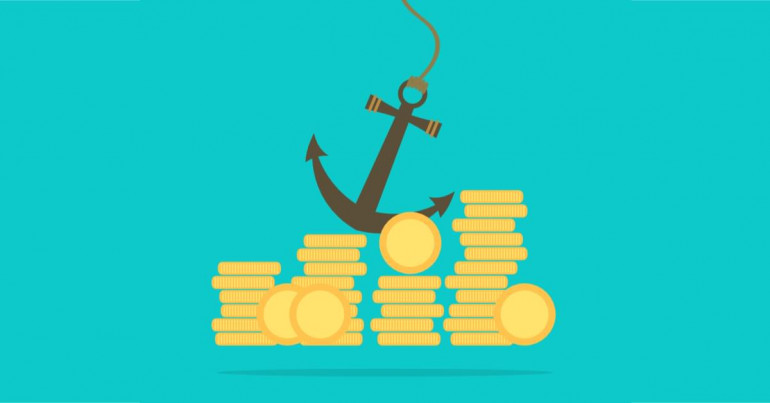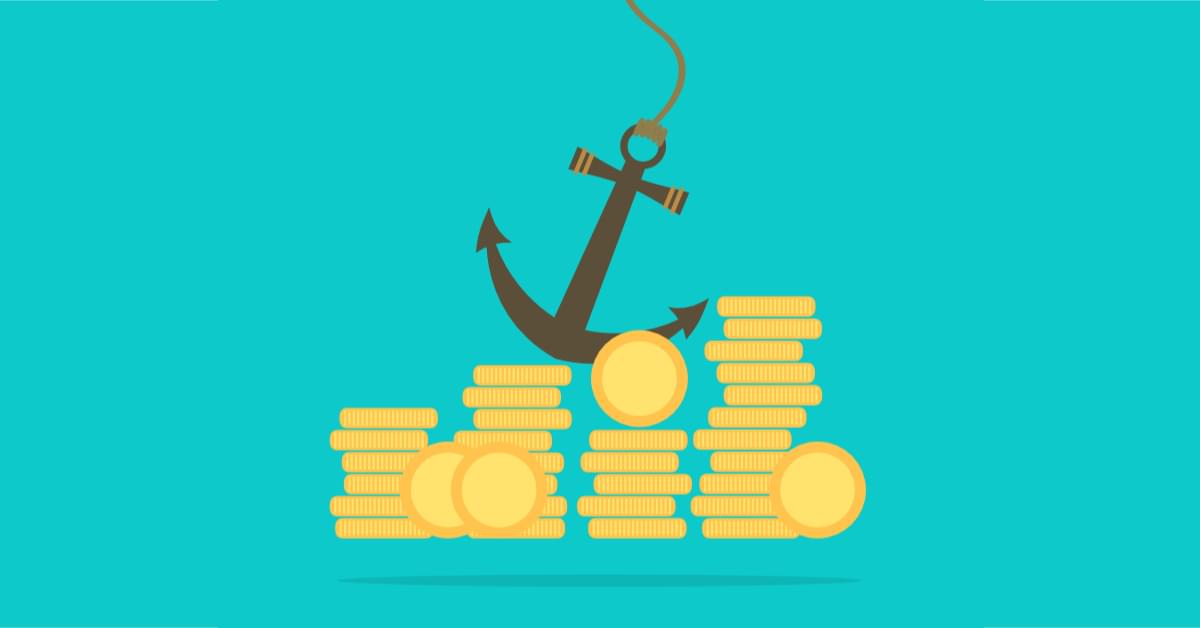
With Bulgaria likely joining the Euro in 2025 despite political difficulties delaying the adoption, one of the most successful currency boards in history will lead to the full adoption of the Euro.
Bulgaria’s currency board with the Deutsche Mark, and now the Euro, successfully stopped hyperinflation in 1998 and has remained stable since, even during the financial crisis.
In our article, we explore how currency boards work, how a currency peg is maintained and what distinguishes successful from failing currency boards.

What is a currency board or “peg”?
A currency board is sometimes also referred to as a currency peg. It is a monetary system that maintains a fixed exchange rate with a foreign currency, known as the “anchor currency.”
This system aims to provide stability and certainty for international trade and investment by pegging the value of the domestic currency to a stable, globally traded currency such as the Euro or the US-Dollar within a very narrow band, effectively fixing the exchange rate.
The government sets policy and the country’s central bank, which is usually independent but will have the currency board as one of its policy objectives, buys and sells its own currency against the anchor currency to keep the exchange rate within the desired range.
How is a currency peg maintained?
The key components of a currency board system include a fixed exchange rate, backing requirement, unrestricted convertibility, and a legal commitment. If one of the four is missing, it is likely that the currency board can be successfully attacked and the peg broken, as in the infamous bet against the British Pound in the European Exchange Rate Mechanism (ERM), when George Soros “broke the Bank of England”.
In the case of the ERM, the currency board, in this case the UK’s membership of the ERM, ultimately ended with the UK failing to commit to defending the peg by further raising interest rates and guaranteeing the convertibility of sterling at the lower limit.
Strong currency boards therefore require a clear political and central bank commitment, which is often only possible if the economies in which the currency is anchored and the domestic economy are closely interlinked, both economically and politically.

Fixed exchange rate, backing, convertibility, and commitment in practise
What does this mean in practice? It means that a currency board operates under a fixed exchange rate regime, ensuring that a significant proportion of domestic currency is backed by foreign currency reserves, often the US dollar or the Euro.
Fixed exchange rate and backing requirement
Under a currency board regime, it is important that a very high level of domestic currency is backed by foreign currency reserves. This backing requirement guarantees that the local currency can always be exchanged for the anchor currency at the fixed rate. The reserve backing provides confidence in the stability of the local currency and prevents speculative attacks on the exchange rate.
As a result, a current account surplus is usually required to maintain the level of foreign exchange reserves in the foreign currency.
In the case of Bulgaria, this works, as it does in the case of Hong Kong, where the Hong Kong dollar is in a currency board with the US Dollar because both countries have substantial trade links with either Europe or, in the case of Hong Kong, the rest of the world.
As a negative example, Turkey, which does not have a formal currency board, but has tried to keep the Lira relatively stable against the US Dollar over the past year, allowing only a gradual depreciation, the policy has led to a loss of all foreign exchange reserves.
Unrestricted convertibility
A key feature of a currency board system is the full convertibility of the domestic currency into the anchor currency. This means that individuals and firms can freely exchange their domestic currency for the foreign currency without any restrictions or limitations.
Unrestricted convertibility ensures that the fixed exchange rate is credible and facilitates smooth cross-border transactions. In the event that the currency board reaches one side of the trading band, the central bank is mandated to defend the peg by either buying or selling foreign exchange reserves.
Since there is always enough domestic currency to buy foreign currency, a peg is easy to defend if the domestic currency is undervalued. The central bank would simply “print” domestic currency to defend the peg and thus maintain full convertibility.
One notable example is when the Swiss National Bank decided to pull the cap of the Swiss Franc against the Euro in 2015: worried about the pressure of deeply negative interest rates and a possible simultaneous explosion in the price of gold, the Swiss franc appreciated by more than 20% after the floor was pulled.
On the other hand, defending a currency board against a weak domestic currency requires the central bank to sell foreign exchange reserves. In such a case, a currency board can come under pressure once reserves are depleted, often resulting in the board breaking, as in the ERM and George Soros’ infamous bet.
Political commitment
A currency board system requires a strong political and legal commitment from the government or monetary authority to maintain the fixed exchange rate and adhere to the other principles of the system.
This legal commitment ensures that the currency board will not deviate from its mandate and will continue to maintain the fixed exchange rate, backing requirement, and unrestricted convertibility. This commitment helps to build trust in the currency board system and enhances its credibility in the eyes of investors and the international community.
Eventually, lack of commitment is the reason why unsuccessful currency boards end: rather than maintaining a fixed exchange rate and restricting convertibility, which will continue to deplete foreign exchange reserves, albeit at a lower level, political decisions have historically tended to end currency boards and allow for a sudden depreciation.
Are you looking for a fast and secure way to transfer foreign currency? Sign-up and get instant, competitive quotes from CurrencyTransfer’s FCA-regulated partners.
G.C. Wagner
Gustav Christopher is a writer specialising in finance, tech, and sustainability. Over 15 years, he worked in banking, trading and as a FinTech entrepreneur. In addition, he enjoys playing chess, running, and tennis.



